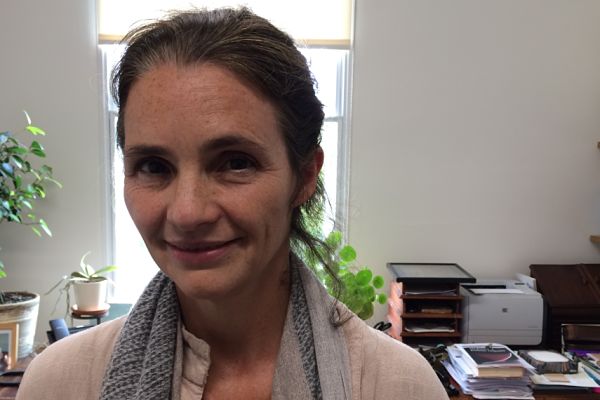Sabina Alkire on Measuring Poverty

LISTEN TO SABINA ALKIRE NOW!
Is it just a low wage that conjures up the term when we talk about “crushing poverty”? Or is it really a host of other issues that likely accompany that lack of money? Economist Sabina Alkire has spent her career crafting the measures that demonstrate that latter proposition, work that with fellow economist James Foster resulted in what is known as the Alkire-Foster Method for determining level of poverty.
In this Social Science Bites podcast, Alkire – director of the Oxford Poverty and Human Development Initiative — explains to interviewer Dave Edmonds the need to have a consistent and reputable means of measuring poverty over time. This usually entails “a monetary measurement, either income or consumption,” she details, “and a person is deemed to be poor if they don’t have enough by some poverty line.”
But as noted above, this is only half the battle – or perhaps not even half.
“I’m not at all against income poverty level measures or consumption poverty measures, but it doesn’t tell the whole story,” Alkire explains (noting that Foster is himself architect of some of those types of indices). “A person is also poor if they’re malnourished, and if their house is decaying and they don’t have a job and they’re not educated or their children are not attending school or if they’re victims of violence.”
What’s needed is “a more three-dimensional account,” even if that new method doesn’t perfectly correlate with traditional material measures. And so she and Foster, building on work by Nobel laureate economist Amartya Sen, created the method for deriving the Global Multidimensional Poverty Index. That index does not include income but does look at living standards across 10 dimensions. If someone is considered ‘deprived’ in more than a third of those 10 dimensions, they are officially identified as poor.
Looking just at the globe’s 103 developing countries, Alkire says 1.45 billion people are “multidimensionally poor.” The mixed news, she adds, is that while levels of poverty are declining, the number of poor is increasing.
Knowing where people stand is important in a policy context, Alkire says, which makes having an “official permanent statistic” that will survive changes in government, and which is drawn from demographic and health surveys in public domain, important. So far, national-level multidimensional poverty indices have proven their worth in poverty alleviation efforts, with state level governors in Mexico, for example, vying to out-lower each other. (Alkire notes that national indices do vary from the global index due to regional variation: Bhutan uses a measure of a household’s distance from a road.)
To download an MP3 of this podcast, right-click HERE and save.
***
For a complete listing of past Social Science Bites podcasts, click HERE. You can follow Bites on Twitter @socialscibites and David Edmonds @DavidEdmonds100.
































































































